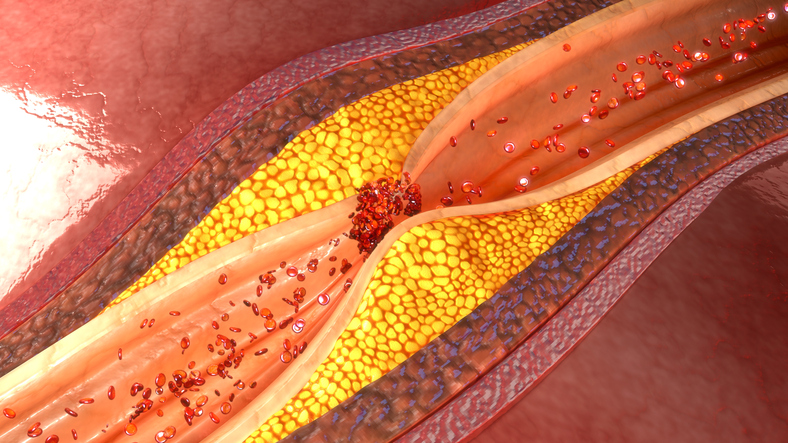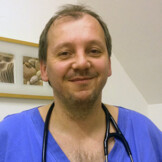- White PD (1931). Heart Disease (1st ed.). Macmillan.
- Boden WE, O'Rourke RA, Teo KK, Hartigan PM, Maron DJ, Kostuk WJ, et al. (April 2007). "Optimal medical therapy with or without PCI for stable coronary disease". The New England Journal of Medicine. 356 (15): 1503–16. doi:10.1056/NEJMoa070829. PMID 17387127.
- Tobin KJ (July 2010). "Stable angina pectoris: what does the current clinical evidence tell us?". The Journal of the American Osteopathic Association. 110 (7): 364–70. PMID 20693568.
- "MerckMedicus: Dorland's Medical Dictionary". Retrieved 2009-01-09.
- Hombach V, Höher M, Kochs M, Eggeling T, Schmidt A, Höpp HW, Hilger HH (December 1988). "Pathophysiology of unstable angina pectoris--correlations with coronary angioscopic imaging". European Heart Journal. 9 Suppl N: 40–5.
- Simons M (March 8, 2000). "Pathophysiology of unstable angina". Archived from the original on March 30, 2010. Retrieved April 28, 2010.
- "What Is Angina?". National Heart Lung and Blood Institute. Retrieved April 28, 2010.
- Kaski JC, ed. (1999). Chest pain with normal coronary angiograms: pathogenesis, diagnosis and management. Boston: Kluwer. pp. 5–6. ISBN 978-0792384212.
- Guyton, Arthur. "Textbook of Medical Physiology" 11th edition. Philadelphia; Elsevier, 2006.
- "Heart Attack and Angina Statistics". Archived from the original on 2010-04-13. Retrieved 2010-04-13.
- "Angina". Texas Heart Institute. October 2012. Archived from the original on 2014-08-17. Retrieved 2010-05-04.
- Gulati M, Shaw LJ, Bairey Merz CN (March 2012). "Myocardial ischemia in women: lessons from the NHLBI WISE study". Clinical Cardiology. 35 (3): 141–8.
- hopkinsmedicine.org - What is angina pectoris?
- heart.org - Angina Pectoris (Stable Angina)
- medicalnewstoday.com - Everything you need to know about angina
Angina pectoris: What it is and what are the symptoms of a stable or unstable form of chest pain?

Photo source: Getty images
Most common symptoms
- Shoulder Blade Pain
- Malaise
- Chest pain
- Shooting pain in fingers and toes
- Pain that Radiates into the Shoulder
- Spirituality
- Nausea
- Blue leather
- Sweating
- Low blood pressure
- Swelling of the limbs
- Disorders of consciousness
- Slowed heartbeat
- Pressure on the chest
- Head spinning
- Fatigue
- Anxiety
- Vomiting
- Accelerated heart rate
Show more symptoms ᐯ
How is angina treated and can it be cured?
Show more










